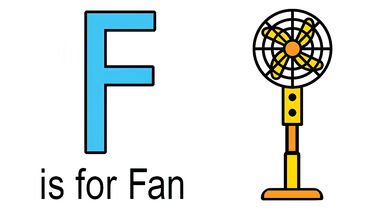Leyden Jar Definition
līd'n; also, lād'n
noun
A condenser for static electricity, consisting of a glass jar with a coat of tinfoil outside and inside and a metal rod connecting with the inner lining and passing through the lid.
Webster's New World
Synonyms:
- Leiden jar
Other Word Forms of Leyden Jar
Noun
Singular:
Leyden jarPlural:
leyden-jarsOrigin of Leyden Jar
-
Named after Leiden, the Netherlands, where it was invented.
From Wiktionary
After Leyden (Leiden)
From American Heritage Dictionary of the English Language, 5th Edition
Find Similar Words
Find similar words to Leyden jar using the buttons below.





